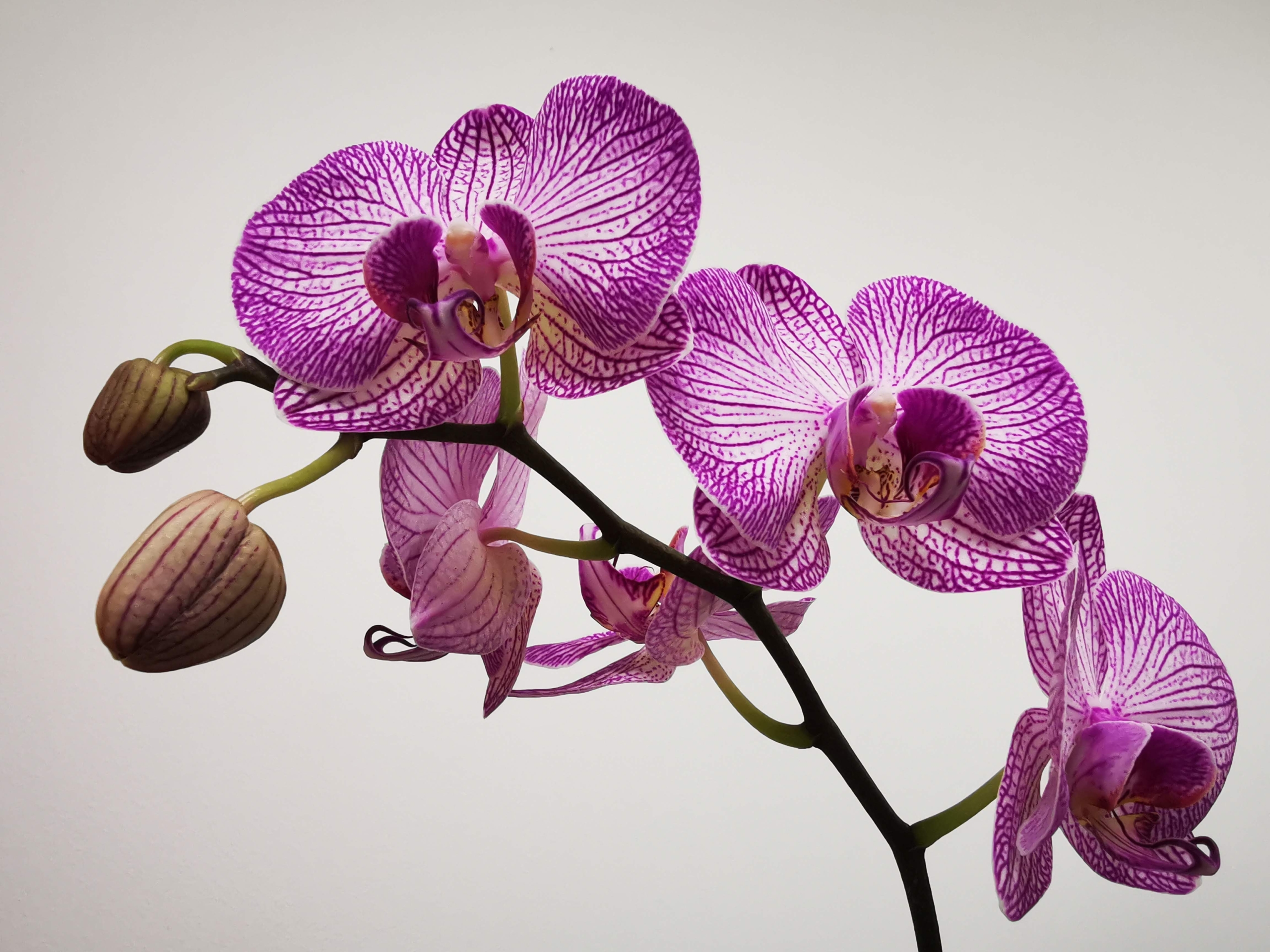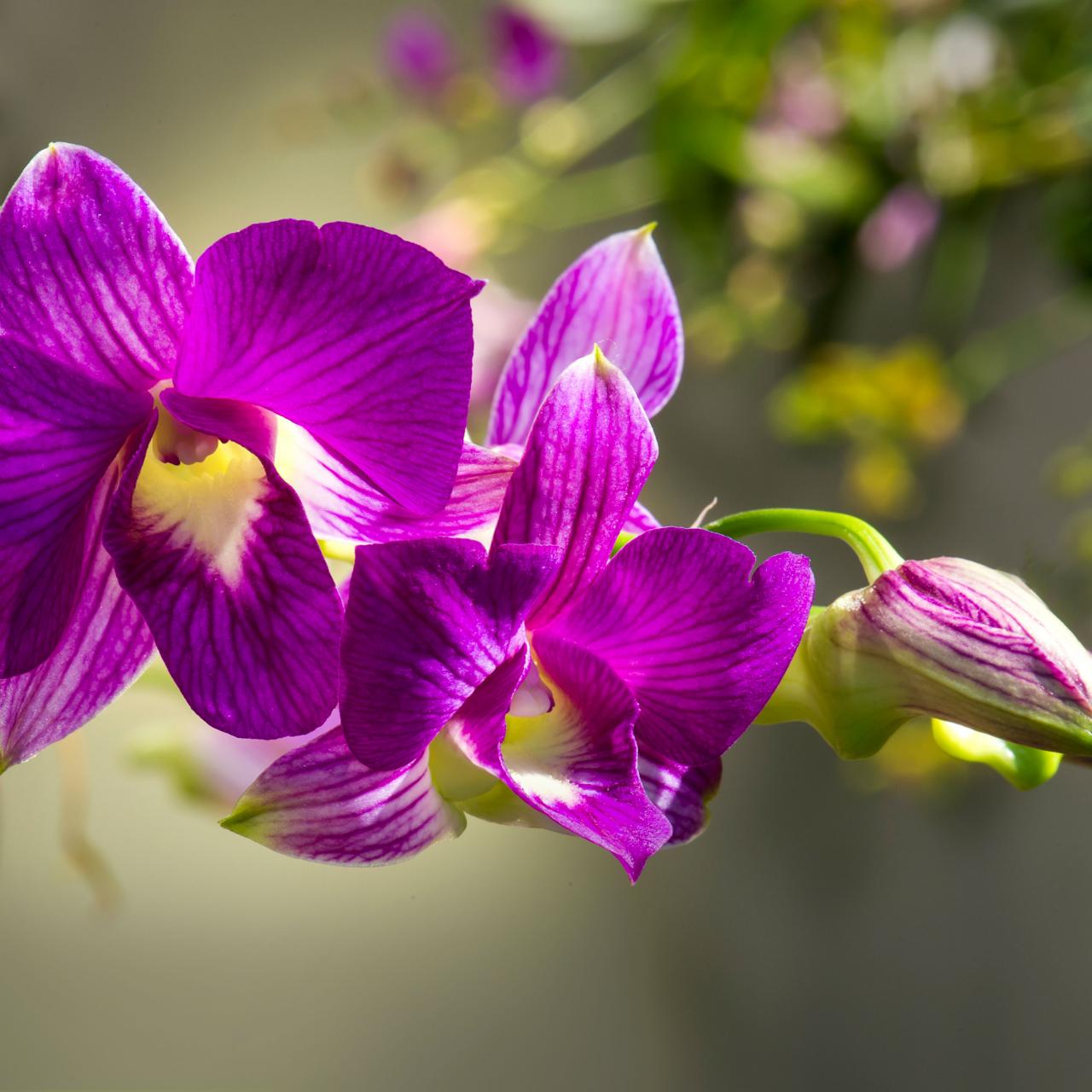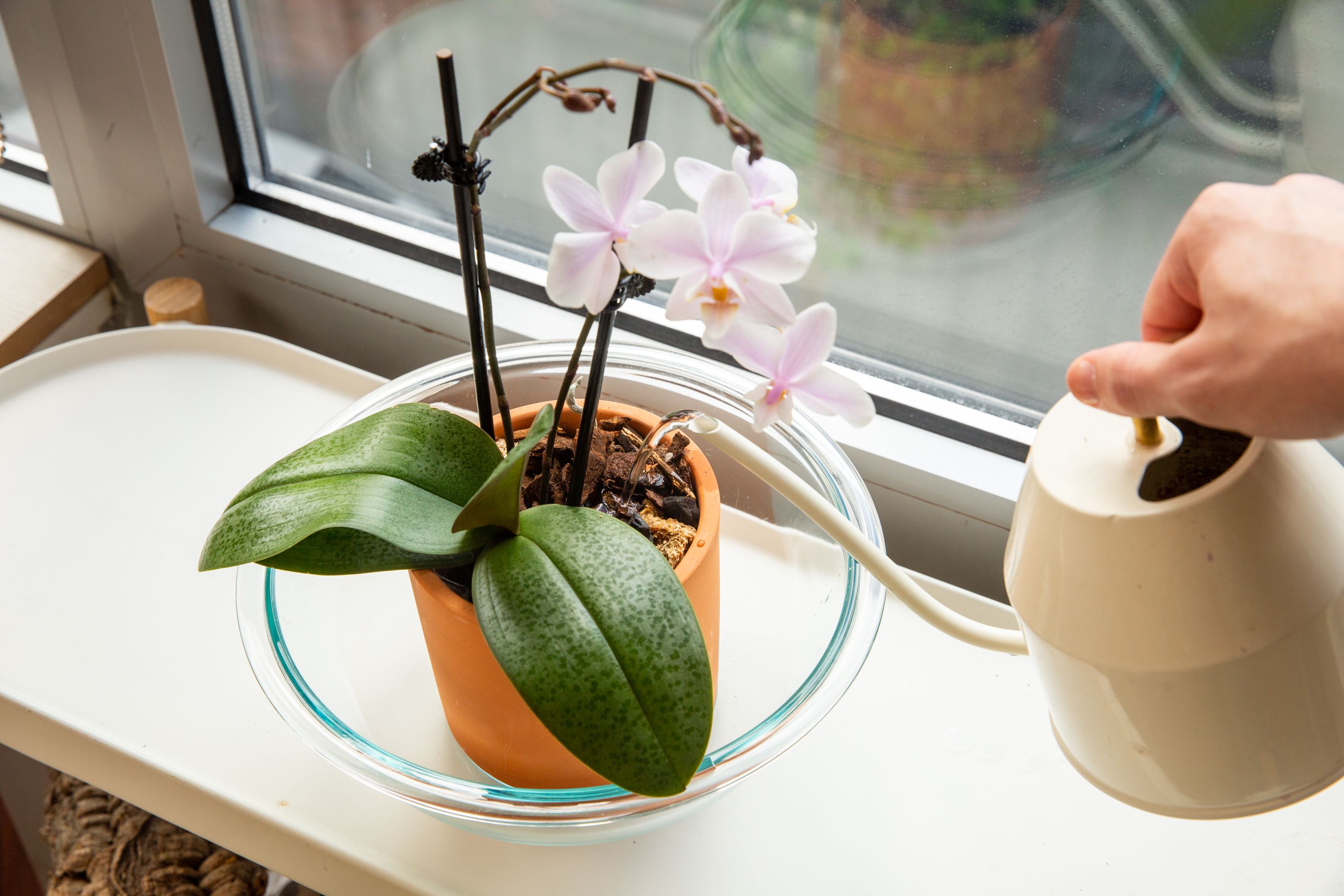
First Orchid
If this is your first experience growing an orchid, don't be afraid of them, most are no more difficult to grow than ordinary houseplants. Orchids are unique, unusual, gorgeous, and very special. Since most orchids are epiphytes, or air plants, their culture requirements are different than other plants but once you get used to what they need we expect you will be delighted growing them.

How PH and Fertilizer Affects Orchids
First off, there are 4 types of water in general use: rain, RO, tap, and well. We'll discuss each separately as they each have their own unique issues and challenges to the orchid hobbies. The simplest water to understand is pure water, in the form of rainwater or reverse osmosis (RO) water. Water that comes from the municipal water supply, tap water, and well water will have many different dissolved solids and chemicals in it.

How to get an Orchid to bloom
Overall, the most common reason that orchids fail to bloom is insufficient light. The Phalaenopsis and Paphiopedilum orchids are usually happy with the filtered light in a windowsill but many other varieties need more light than that. Dendrobium, Cattleya, Oncidium, and other medium to high-light orchids may need supplementary grow lights or time spent outdoors in the summer to get the kind of light levels they require to bloom.

How to water an Orchid
It is often the case that people accidentally over-water their orchids and do them harm while trying to do what they think is best. While each growing environment is unique, and watering habits vary from person to person, it is generally a good idea to water about once per 7-10 days, when the mix gets dry.

Yellowing and spotted leaves
In the summer orchids are afforded more light than at any other time of the year. The increased level of sunlight coupled with the high daytime temperatures puts orchids at risk for sunburn. It doesn't take much to burn a leaf, especially when plants are brought outside.

How to stake an Orchid
This pictorial is an example of staking an orchid. Here we have a miniature dendrobium which is already in bloom. Ideally, staking would be done before the inflorescence matures allowing for superior flower presentation.




